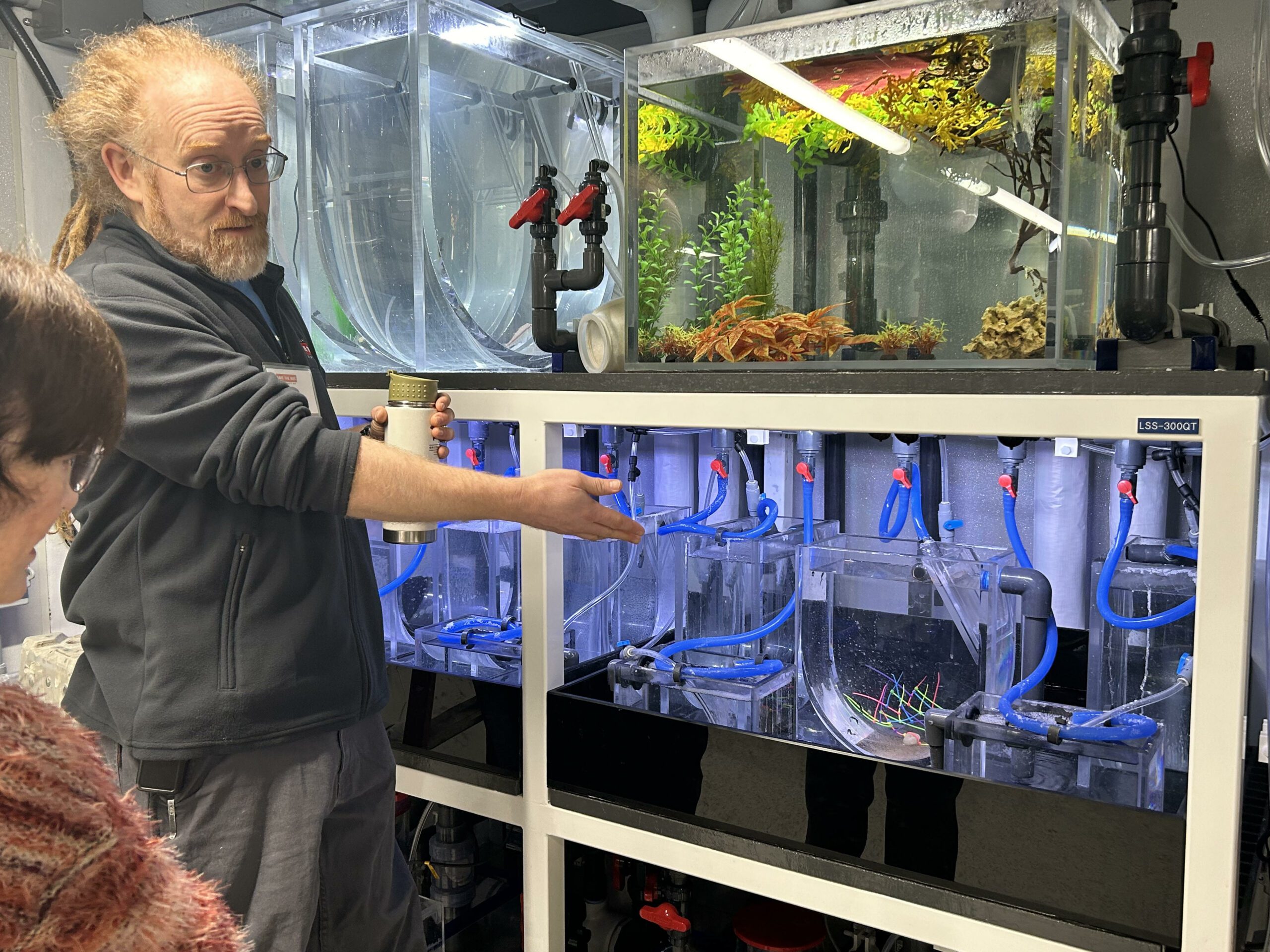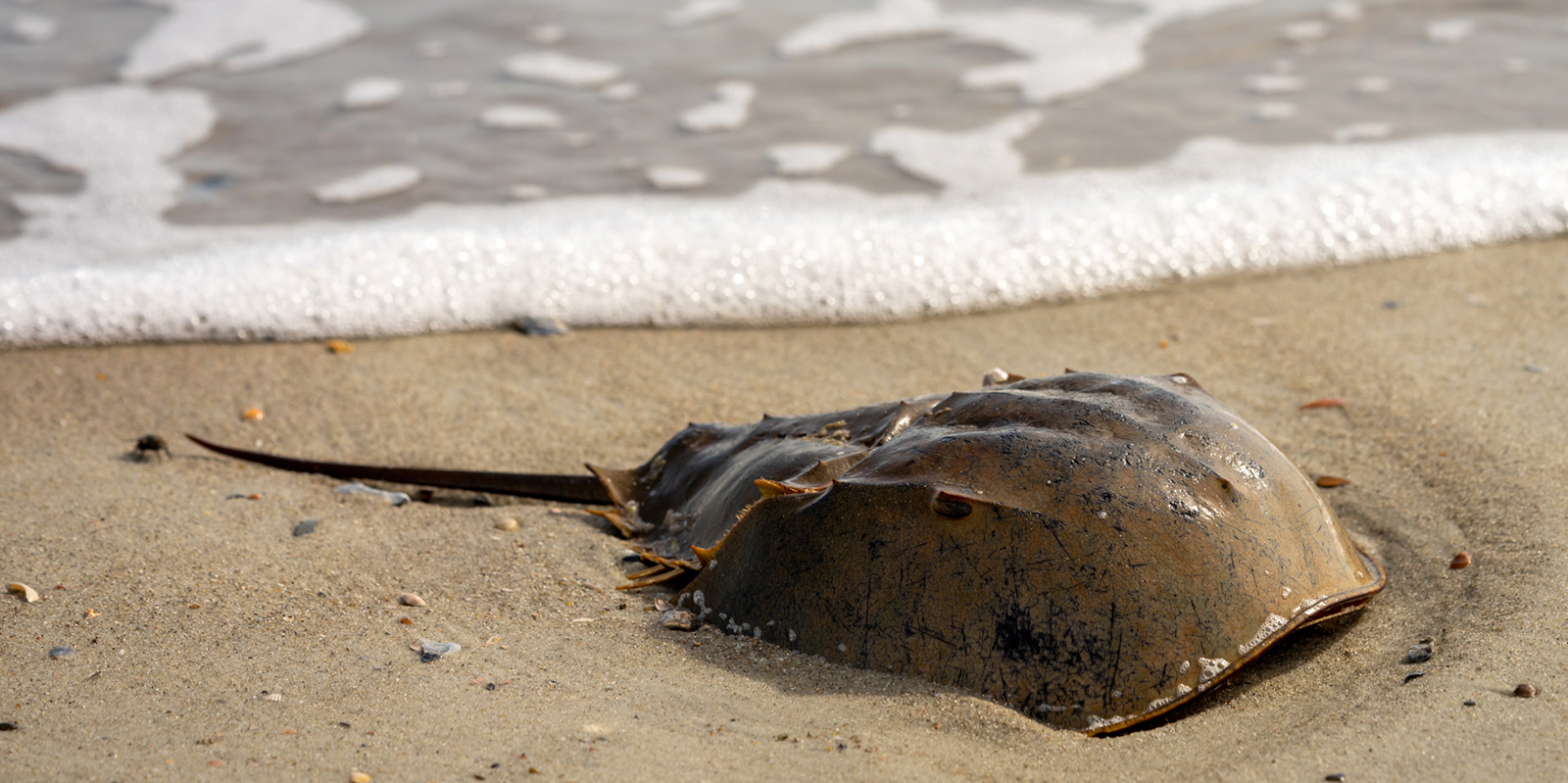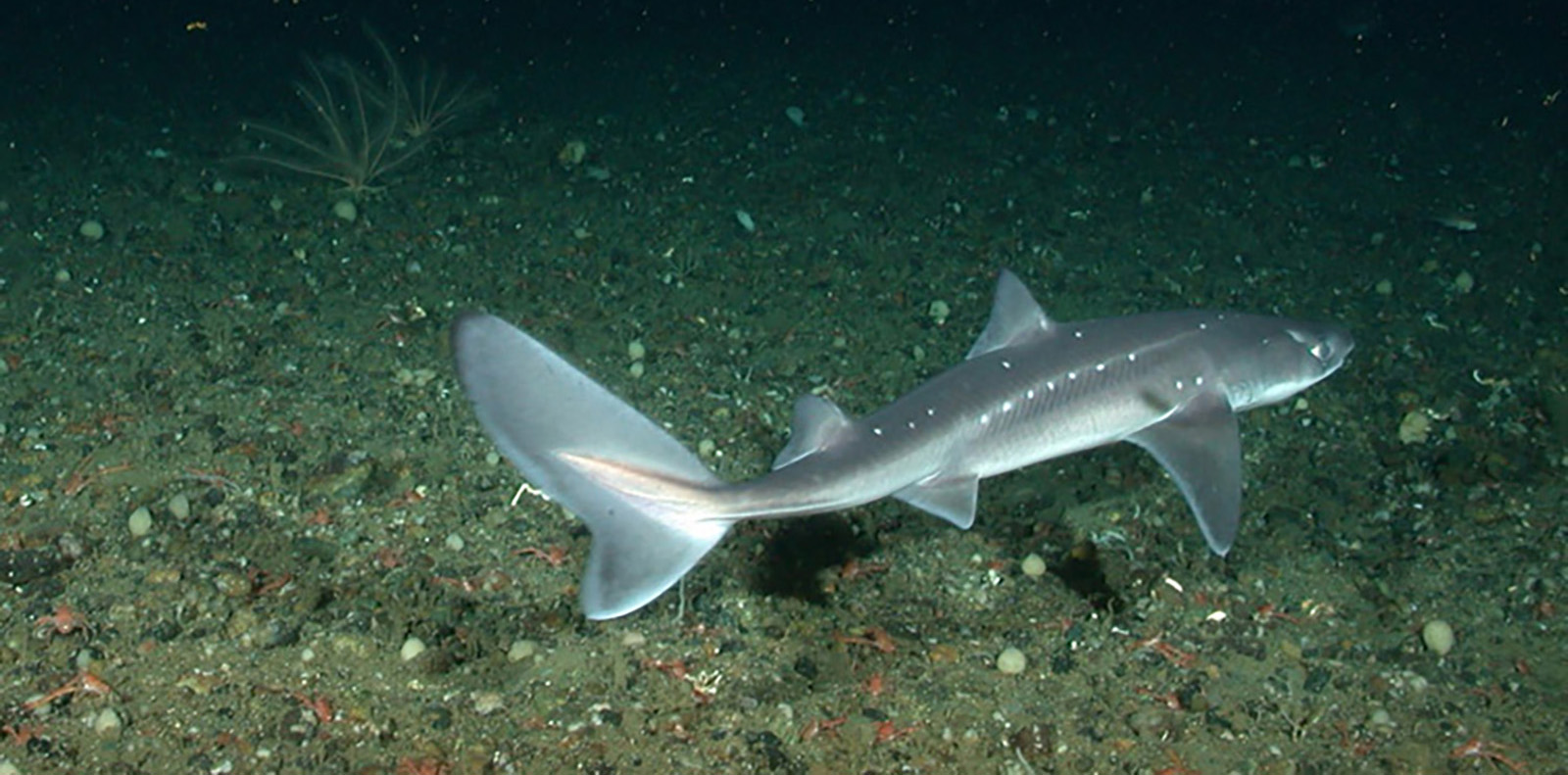Pollution Persists in Degraded Greenwich Bay
February 4, 2013
WARWICK, R.I. — To appreciate the past devastation and ongoing degradation in portions of Narragansett Bay, it’s worth reading a recent case study about the ecological history of Greenwich Bay. The 60-page report, created by the Environmental Protection Agency’s (EPA) research laboratory in Narragansett, the University of Rhode Island and Raytheon, looks at 500-plus years of incremental human-induced destruction of a vibrant habitat.
Of course, not all humans are to blame for this environmental harm. Native Americans were solid stewards of land and water during the 3,000 years before the European settlers arrived. The 5-square-mile bay and its 22-square-mile watershed supported people, deer, bear, turkeys, river otters, beaver and an abundance of fish and shellfish.
Circa 1616, pre-Colonial traders and explorers arrived with deadly diseases, killing scores of Native Americans and restructuring the social structure for those that lived. The fur trade altered the land, albeit modestly, by decimating the beaver population, thus changing the woodland habitat and altering the watershed’s water flow. Colonial settlers likely added sediment to the bay by clearing land for crops and grazing. New wharfs commenced the “hardening” of the shoreline.
The real damage, however, has occurred during the past 150 years, with the onset of the Industrial Revolution and suburban sprawl. From 1810 to 1950, the population increased 13-fold, dramatically increasing sewage from cesspools and pollutants from factories. Dams obstructed fish runs and overfishing reduced fish stocks.
The area’s population doubled again from the end of World War II to 2000. Farmland was converted to residential and commercial development. Trains and trolleys were replaced by roads. Today more than 65 percent of the land around Greenwich Bay is developed, and a third of the area is covered by impervious surfaces. Nitrogen loading from runoff and wastewater has destroyed sea life; scallops have disappeared; fish populations have declined and eel grass has been wiped out.
A massive fish kill in 2003 brought attention to the crisis, and subsequent studies and pollution controls have slowed the damage. But nitrogen loading persists. Greenwich Bay, like much of Narragansett Bay, also faces new challenges from sea-level rise, warming water and new chemical pollutants.
The report serves as a resource for scientists, activists and policymakers looking for solutions. “Our study suggests that if we give Greenwich Bay a bit of a break from human stressors, it might improve a lot—showing ecological resilience,” said Emily Shumchenia of the Graduate School of Oceanography at URI.
The project also suggests that the decline of Greenwich Bay happened seemingly without notice. “The memory is short when it comes to ecological things,” said Carol Pesch, lead author of the study.
The report also will be used as an eductational tool. Pesch intends to deliver the study to schools and libraries in the coming weeks. She also hopes to speak about the project in classrooms and at public venues.
“The hope is that the public can see that environmental decisions are important going forward. The outcome of decisions can cause permanent changes,” Pesch said.
Categories
Join the Discussion
View CommentsYour support keeps our reporters on the environmental beat.
Reader support is at the core of our nonprofit news model. Together, we can keep the environment in the headlines.
We use cookies to improve your experience and deliver personalized content. View Cookie Settings



